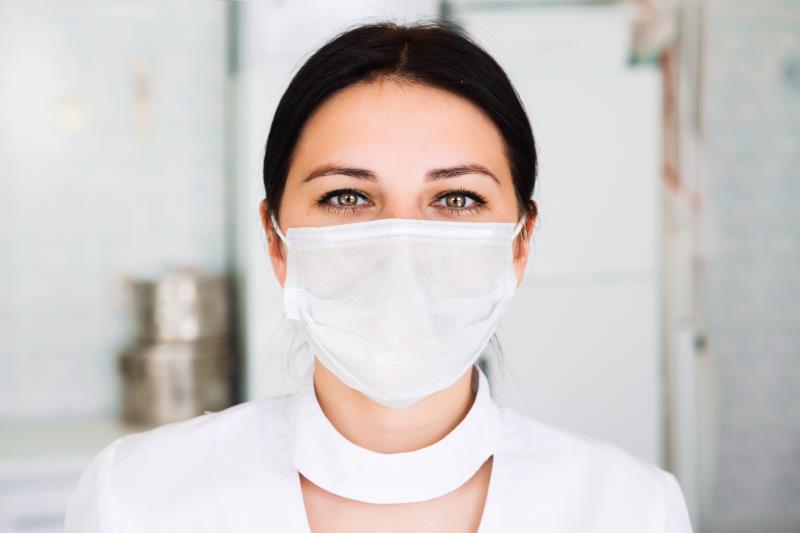
The wearing of personal protective equipment (PPE) may cause or exacerbate headaches in healthcare workers responding to the coronavirus disease 2019 (COVID-19) crisis, according to a Singapore study.
“The magnitude of this condition is clinically significant and might worsen if the current outbreak spreads widely and stays for a longer time, affecting the work performance of healthcare workers,” researchers said. “Perhaps, better strategies are needed for designing various personal protection equipment and reducing their exposure time by healthcare workers.”
The study included 158 healthcare workers, majority of whom were female (70.3 percent) and aged 23–35 years (77.8 percent). Participants consisted of nurses (64.4 percent), doctors (32.3 percent) and paramedics (3.2 percent). Almost a third (29.1 percent) had pre-existing primary headaches. [Headache 2020;doi:10.1111/head.13811]
All participants reported an increase in PPE usage since the COVID-19 outbreak. In the past 30 days, they wore N95 face masks for an average of 18.3 days, for 5.9 hours per day. Almost everyone used goggles (96.8 percent) as their protective eyewear, worn for 5.7 hours per day, for a mean of 18.2 days. This resulted in 5.7 hours of combined daily use of protective eyewear and N95 masks, lasting for 18.0 days.
Eighty-one percent of the participants reported experiencing new headaches associated with the use of the N95 masks with or without eye protection. Headaches were bilateral in all cases and were described as a sensation of pressure or heaviness (87.5 percent), or as throbbing or pulling pain. Headaches developed within an hour of donning the PPE.
Subsequently, the pain would spontaneously resolve in most of the participants within 30 minutes of taking off the masks or protective eyewear.
Participants who had pre-existing primary headaches were at greater risk of de novo, PPE-associated headaches (odds ratio [OR], 3.44, 95 percent confidence interval [CI], 1.14–10.32; p=0.013), as were those working in the emergency department (OR, 2.39, 95 percent CI, 1.05–5.47; p=0.019).
Use of both pieces of PPE, individually or together for >4 hours per day, correlated with an elevated risk new headache.
Notably, 75.0 percent and 82.8 percent of headaches associated with the use of N95 masks and protective eyewear, respectively, satisfied the criteria of the 3rd edition of the International Classification of Headache Disorders for external compression headaches.
“Despite any discomfort, our subjects may have had to endure varying degrees of pain during their working hours, without the option of frequent adjustments or removal,” the researchers said. Such prolonged exposures may lead to more severe outcomes, like a full-blown migraine attack, especially in patients who are predisposed to headaches to begin with.
The problem is compounded by external factors, such as sleep deprivation, emotional distress, irregular meals and poor hydration, as the healthcare personnel work through their shifts.
“Perhaps, shorter duty shifts and the resultant shorter duration of PPE use might be a better strategy to avoid the adverse impacts of PPE usage,” the researchers suggested.